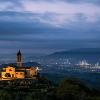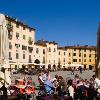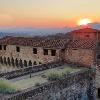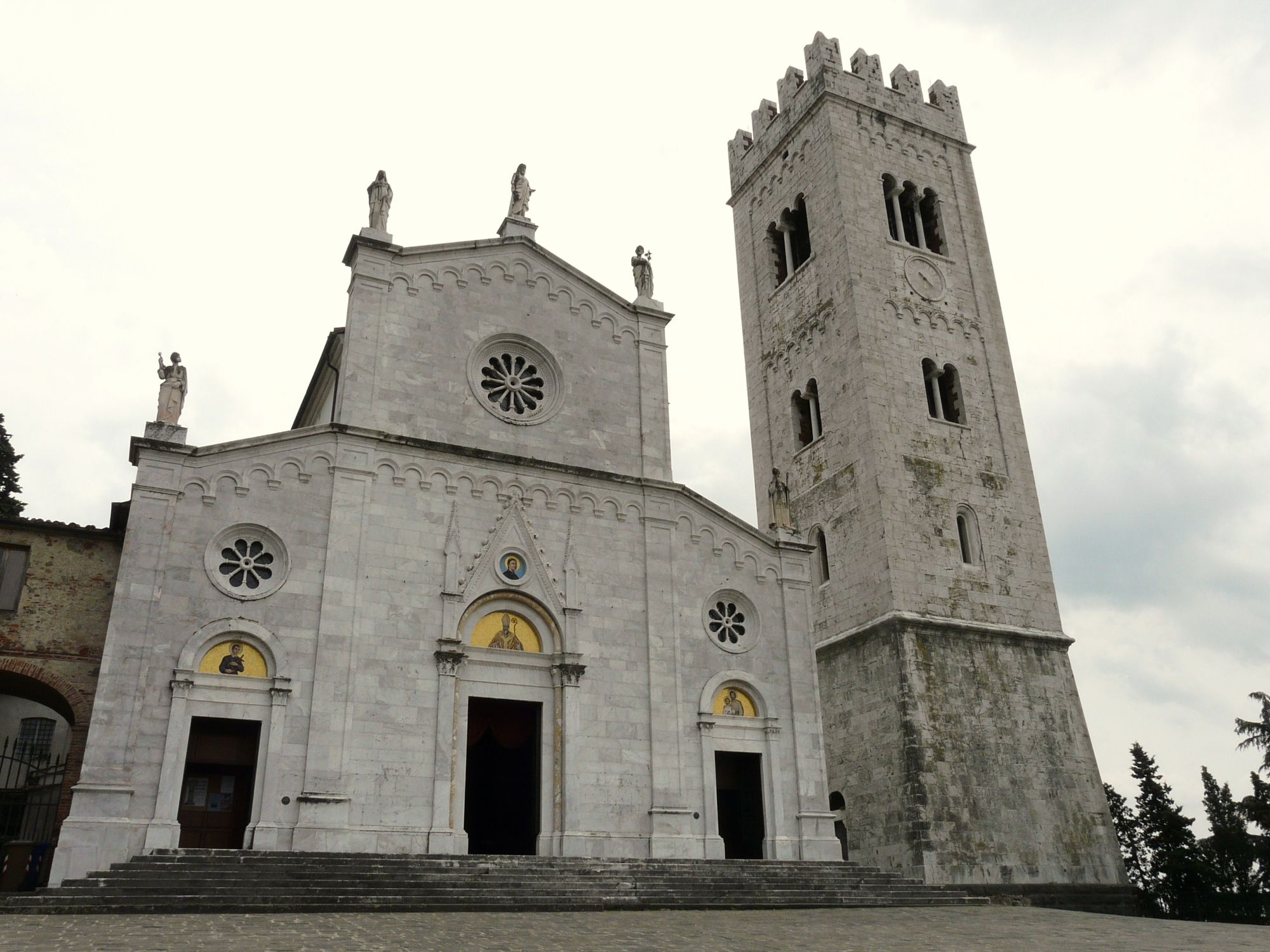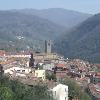Badia Pozzeveri is a fraction of the municipality of Altopascio that formed around the Badia di San Pietro, a Camaldolese abbey that was a crossing point for centuries for pilgrims who travelled the stage of the Via Francigena between Lucca and Altopascio.
This small monastery is one of the most important in the Lucca plain and has been active since medieval times. It's located a short distance from Altopascio and Porcari in an area that unites the borders of the provinces of Lucca, Pistoia, Pisa and Florence.
The first mentions of the Badia Pozzeveri area are found in historical documents dating to 952 and 1039, where it's stated that the "Burgo de Poctieuli" area is located on the banks of the former marshes of Bientina and on the road between Lucca and the Spedale di Altopascio.
Today, only some portions of the medieval structure of the abbey are visible, but since 2011 the archaeological area around the historic abbey church has been the site of ongoing archaeological investigation and for study and research thanks to the Universities of Pisa and Ohio. The results of the first years of research were published in the US magazine titled "Science", with an extensive report on the discovery of a small cemetery that surrounded the monastery, as well as on the studies undertaken on the finds that allow us to reconstruct a cross-section of medieval life. In 2014, the Superquark programme also produced a report on the reconstruction of the lifestyle of the medieval community that lived around the abbey.
In 2019, the "Hostal Badia" was inaugurated in the restored premises of the abbey. The hostel on the Via Francigena is not far from the archaeological site which aptly represents a bridge between today's pilgrims and those who have travelled the road that leads to Rome over the centuries.
Thanks also to the presence of this guesthouse, the Badia Pozzeveri can become an important hub for a wider historical-archaeological itinerary that includes the numerous significant archaeological and historic sites in the surroundings, as well as those in the municipality of Altopascio. The latter has been popular for pilgrims who travel the Via Francigena for centuries: it's the arrival point of stage 28 (from Lucca to Altopascio) and the departure point of stage 29 (from Altopascio to San Miniato).



